Should Talent Keep C-suite Awake at Night?
Should Talent Keep C-suite Awake at Night?
I think HR is missing a trick with how they describe themselves. They’ve pigeon-holed themselves into being responsible for the talent when, in reality, that isn’t really their role. Looking after talent is really the role of management (leadership, whichever term floats your boat) but having talked with thousands of managers (from frontline to c-suite), they usually put it at HR’s door. Even changing the title to “People” doesn’t help. They need a good branding person to come up with a better descriptor, to align everyone else’s expectations with reality.
Anyway, I digress but only slightly, because Talent is usually seen as HR’s concern but this is a myth. It’s the concern of leadership because without competent people at all levels and across all functions of their business, business performance is directly impacted. Yes, they might grumble at HR but there’s only so much HR can do. The real costs are borne by the business, not HR.
Now the real costs borne by incompetence, depending on level, is a fairly juicy seam of blog-mining so I’m only going to list off those costs here, and leave you to click through to more detailed articles that explain each cost in more detail.
- Employee overtime
- Management overtime
- Management frustration
- Employee turnover
- Recruitment replacement costs
- Re-works
- Over-staffing
- Errors
- Long-term sick leave
- Poorly designed processes
- Lack of continuous improvement
- Opportunity costs
- Escalation premium
- Irrelevance costs
- Reputational costs
The reality is that the biggest variable on actual business profit is human performance.
Why?
Because pricing takes into consideration all the known costs e.g., overheads such as rent, insurance, marketing budgets etc. as well as the labour costs and the additional margin charged is the profit source. Rent, insurance etc are, relatively speaking, known knowns and controllable. Human performance, on the other hand, is a known unknown. If pricing says the human cost should be €10,000 and it actually cost €15,000, that additional €5,000 is directly eroding the profit margin.
The question c-suiters should be asking is: what’s the true gap between our pricing model’s human costs and actual human costs? If you think you can’t afford or don’t need to invest in talent development at all levels of your business, answer that question and you’ll know whether you need to or not.
If you want to find out more about effective talent development and how RODi HR can help you, let’s talk. Set up a complimentary 30-minute meeting or email us at info@rodihr.com today.


